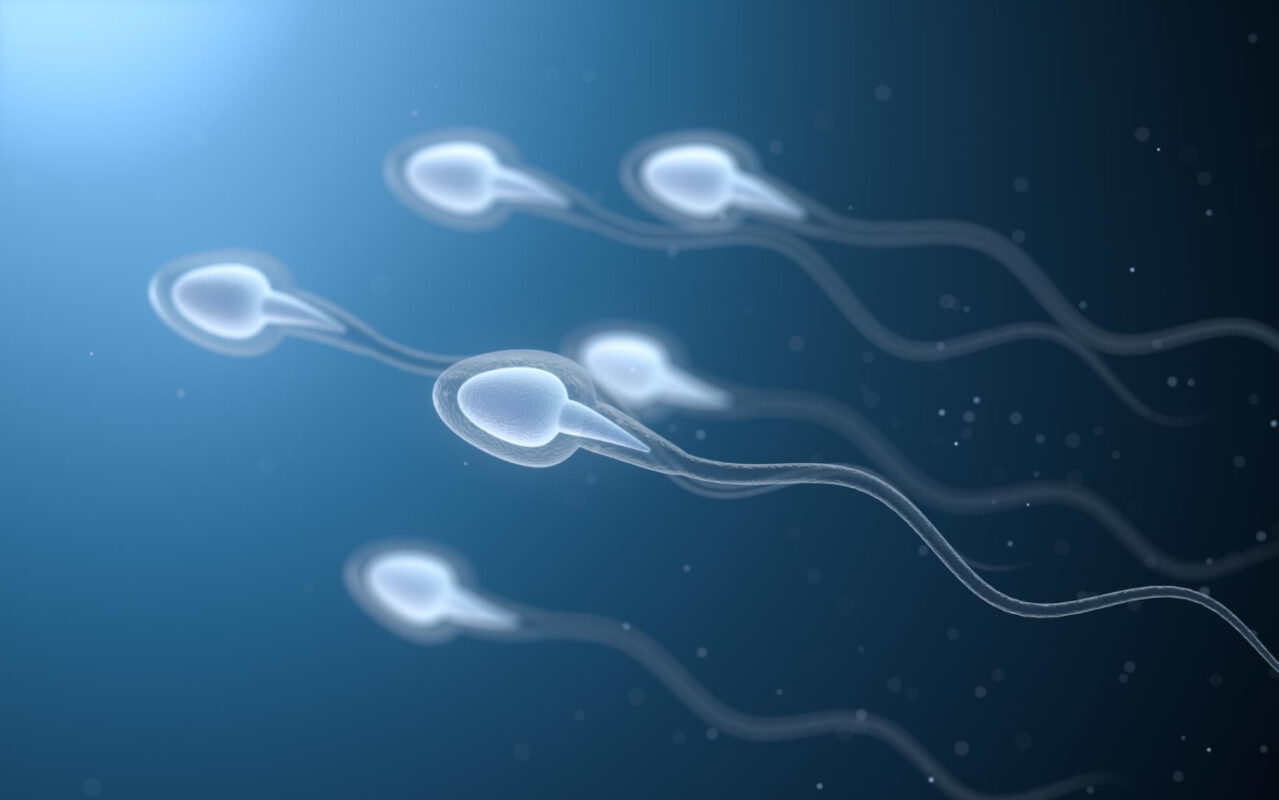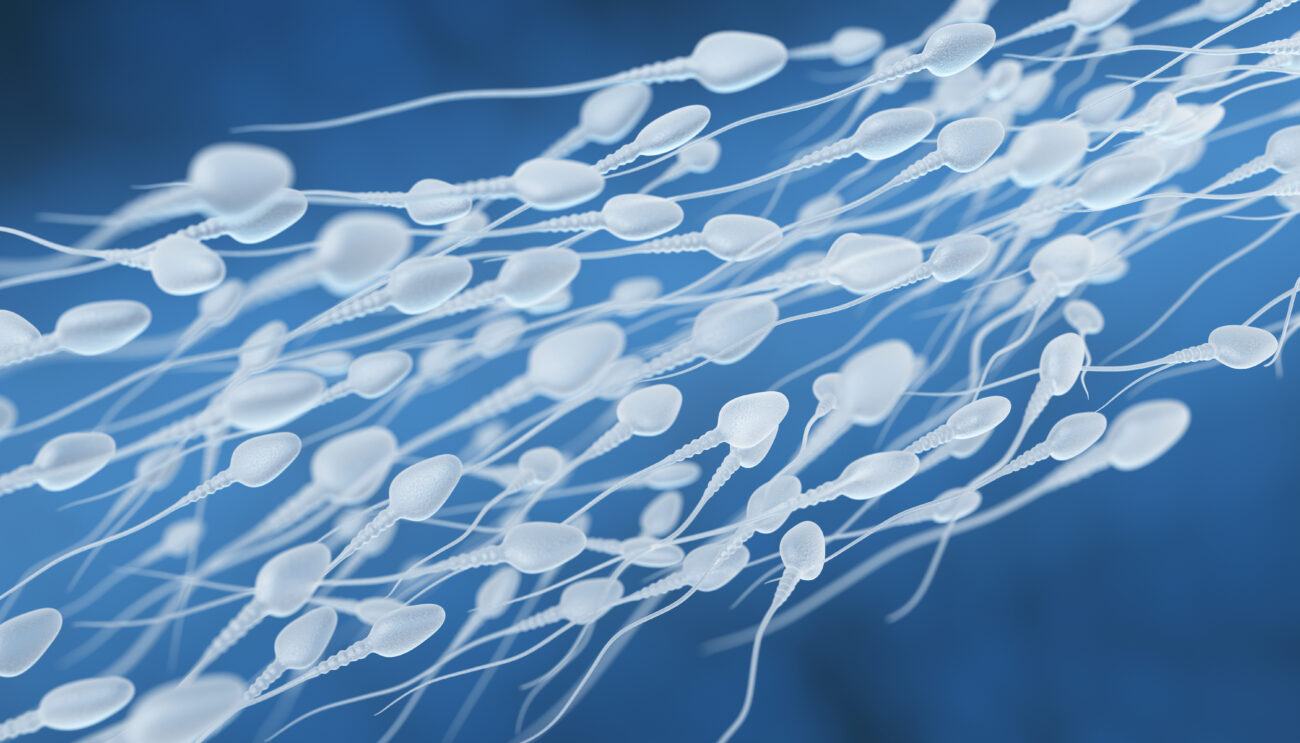Egg donation is a process in which a woman donates her eggs to another woman who is having difficulty conceiving. This act allows the recipient, through assisted fertilization techniques such as in vitro fertilization (IVF), to carry a pregnancy.
Egg donation, in addition to being a medical process, also involves a significant emotional and ethical component, as the donor must be fully informed and in agreement with the implications of her gesture.
As for the legislation that endorses the practice in Colombia, egg donation is a legal and regulated practice. Because this process is essential for many people who cannot have biological children naturally.
Egg donation: how does it work?

The egg donation process involves several steps, for both the donor and the recipient:
- Selection and evaluation: The first stage consists of the selection and evaluation of the donor. This includes medical interviews, blood tests, genetic testing, and psychological evaluations to ensure that the donor is healthy and has no history of hereditary diseases.
- Ovarian stimulation: Once the donor has been approved, the ovarian stimulation process begins. For about 10 to 14 days, the donor is given hormone injections that stimulate her ovaries to produce multiple mature eggs instead of just one.
- Monitoring: During stimulation, the donor regularly comes to the clinic to monitor the response of her ovaries to the medication. This is done through blood tests and ultrasounds.
- Egg retrieval: When the eggs are ready, the retrieval, also known as follicular retrieval or aspiration, is scheduled. This procedure is performed under sedation to avoid possible discomfort and consists of extracting mature eggs from the ovaries using an ultrasound-guided needle.
The donation process ends here for the donor, however it only begins for the recipient, who after fertilization of the egg with the sperm in the laboratory, will spontaneously transform into embryos. This process is permanently monitored for 5 or 6 days. They will then be cryopreserved.
Then the future mother receives the embryo or embryos resulting from the process, after having prepared her endometrium to receive them through hormonal medication.
Requirements to be an egg donor
To ensure the safety and success of the process, there are several requirements that must be met to be an egg donor:
- Age: Donors must be between 20 and 30 years old. This age ensures that the eggs are of high quality and that the donor is in good reproductive health.
- Physical and mental health: Donors must be in good general health, free from genetic or infectious diseases. They must also have stable mental health and be able to understand the implications of the process.
- Non-smokers: Donors must be non-smokers, as tobacco can affect egg quality and overall health.
- Know your medical and genetic history: Donors must provide a detailed medical and genetic history to rule out any hereditary problems. They are evaluated by a geneticist, with normal karyotype and test for carriers of recessive conditions. CGT-plus (detects 470 conditions).
Up to what age can eggs be donated?
Age is a crucial factor in egg donation. Generally, women can donate eggs until age 30. This age limitation is due to the fact that the quality and quantity of eggs decrease over time. From the age of 35, the risk of chromosomal abnormalities increases and the success rate of fertility treatments decreases.
Keep in mind that egg donation is an act of generosity that can change lives. If you are considering becoming a donor, it is important to be well informed and sure of your decision. Consult with our fertility specialists and make sure you understand all aspects of the process.
This beautiful gesture not only helps recipient families fulfill their dream of having children, but it can also be a rewarding and enriching experience for the donor.





